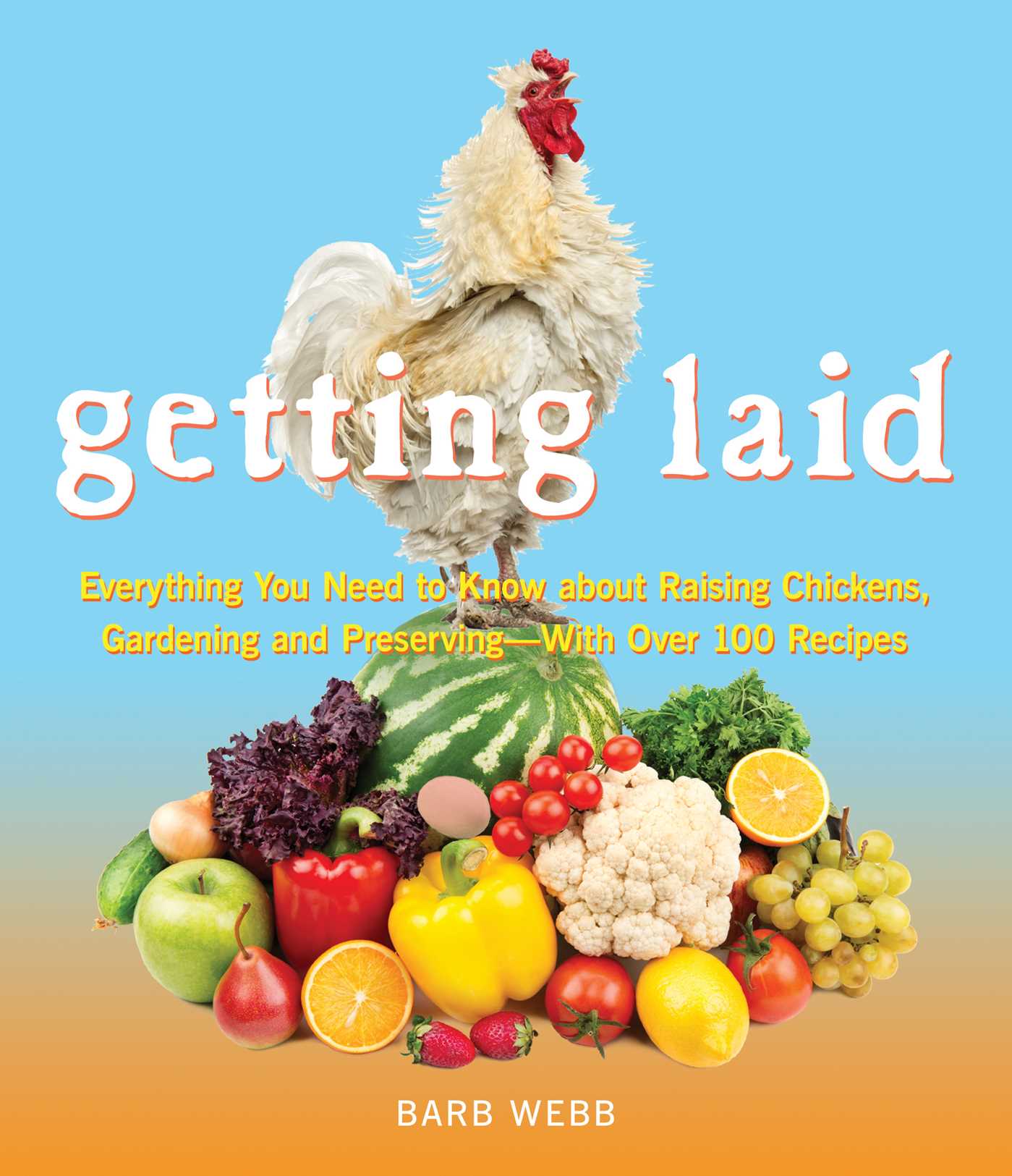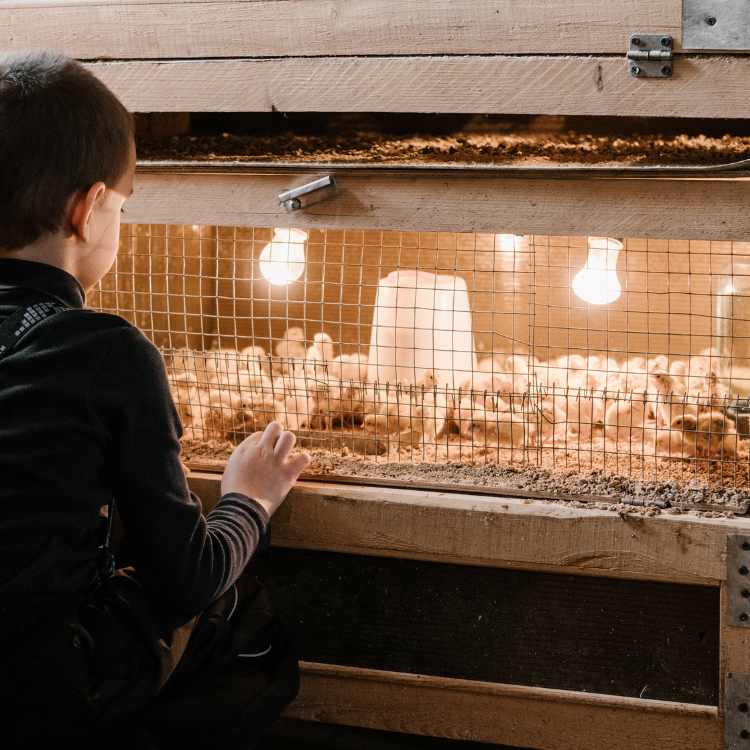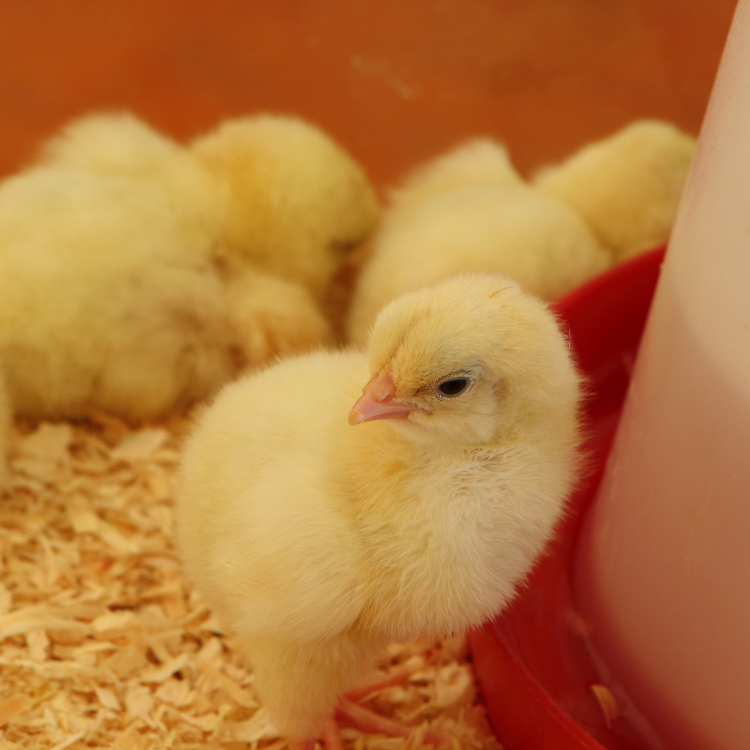At If you’re a beginner in raising backyard chickens, then you’ve probably heard of chicken brooders. Chicken brooders are enclosed areas that provide a warm and safe environment for young chicks to grow and develop during their first few weeks of life. They are essential for the healthy growth and development of chicks and are critical in preparing them for a life in a coop or other housing.
What do you need to know chicken brooders? Before you purchase or make one, you’ll need to understand all the basics like temperature control, feeding, and cleaning.
Purpose of Chicken Brooders
The primary purpose of a brooder is to provide a warm and safe environment for chicks to grow and develop until they are large enough to be moved to a coop or other housing. Chicks need to be kept warm, dry, and comfortable to ensure their healthy growth and development.
A brooder provides a controlled environment that mimics the warmth and protection provided by a mother hen. The brooder should be large enough to accommodate the number of chicks you have, and it should be designed to keep the chicks safe from predators.
Temperature Control
Temperature control is critical in a brooder. Chicks need to be kept warm, with temperatures ranging between 90-95 degrees Fahrenheit for the first week, gradually reducing by 5 degrees each week until they are fully feathered and able to regulate their body temperature. You can use a brooder lamp to provide heat, and you should monitor the temperature using a thermometer.
It’s important to note that the temperature in the brooder should be consistent throughout, and there should be no drafts or cold spots. If the temperature is too cold, the chicks will huddle together, and if it’s too hot, they will move away from the heat source. Ensure that the brooder is well ventilated to prevent the buildup of carbon dioxide and other harmful gases.
Humidity Control
The brooder should have a humidity level of around 50-60%, which can be achieved through the use of a water source or a humidifier. High humidity can cause respiratory problems in chicks, while low humidity can cause dehydration and other health issues. Ensure that the brooder is kept dry and provide a source of fresh water to maintain the humidity level.
Lighting
Chicks need to be provided with around 18-20 hours of light per day in the brooder to encourage healthy growth and development. You can use a brooder light to provide light, and it’s important to ensure that the chicks have access to natural light during the day.
A lack of light can cause chicks to become lethargic and may affect their growth and development.
Space
Chicks need enough space to move around and exercise in the brooder. Aim for a minimum of 1 square foot per chick. The brooder should be spacious enough to accommodate feeders and waterers, and it should be easy to clean. Overcrowding can lead to health issues and stress in chicks, which can affect their growth and development.
Bedding
Provide a soft and absorbent bedding material such as pine shavings or straw in the brooder to keep chicks dry and comfortable. Bedding should be changed regularly to prevent the buildup of bacteria, which can cause illness in chicks. Avoid using newspaper or other slick materials that can cause leg problems in chicks.
Cleaning
Regular cleaning of the brooder is essential to prevent the buildup of bacteria, which can cause illness in chicks. Remove old bedding and replace it with fresh bedding, and clean feeders and waterers regularly. Disinfect the brooder using a poultry-friendly disinfectant to kill any harmful bacteria. Ensure that the brooder is dry before adding fresh bedding and introducing chicks.
Safety
Ensure that the brooder is secure and predator-proof to protect chicks from harm. The brooder should have a secure lid or cover to prevent predators from accessing the chicks. The walls of the brooder should be tall enough to prevent chicks from jumping out. The floor should be non-slip to prevent leg injuries. If the brooder is placed outside, ensure that it’s protected from the elements and that it’s placed in a shaded area to prevent overheating.
Feeding
Chicks require a specialized diet, such as starter feed, that is high in protein and nutrients. Ensure that fresh water and feed are always available in the brooder. Water should be clean and fresh, and feeders should be cleaned regularly to prevent the buildup of bacteria. Chicks should be introduced to feed and water as soon as they are placed in the brooder.
Monitoring
Regularly monitor the chicks for any signs of illness or stress and take prompt action if necessary to ensure their health and wellbeing. Signs of illness in chicks include lethargy, loss of appetite, and abnormal behavior. If you notice any of these signs, seek advice from a veterinarian or a poultry expert. Chicks should be handled with care to prevent stress and injury. They should be provided with toys and other forms of stimulation to keep them active and healthy.
Is it Better to Purchase a Chicken Brooder or Make Your Own?
When it comes to choosing between making or purchasing a chicken brooder, the answer isn’t a one-size-fits-all. The decision should depend on your individual needs, preferences, and skill level.
For those who are new to raising chicks or have limited DIY skills, purchasing a pre-built brooder may be the best option. These brooders are designed specifically for chicks and come with features such as temperature control and adequate ventilation to create a safe and comfortable environment. Purchasing a brooder is a convenient option that saves time and eliminates the hassle of building one from scratch. However, it’s important to keep in mind that pre-built brooders can be more expensive than building one yourself.
On the other hand, building your own brooder can provide a great sense of satisfaction and control over the design and customization of the brooder. It also allows you to save money by sourcing materials at a lower cost. Plus, you get to tailor the design to fit your needs.
If you have some DIY skills, building a brooder can be a rewarding experience. It provides a unique design that fits your space and requirements.
Overall, the decision to make or purchase a chicken brooder should be based on your individual needs and skill level. Purchasing a brooder may be the best option for those who want a convenient and high-quality solution, while building a brooder may be the better option for those who have DIY skills and want a more customized solution. Regardless of which option you choose, it’s important to ensure that the brooder provides a warm and safe environment for your chicks to thrive in.
Bottom Line
Chicken brooders are essential for the healthy growth and development of chicks. They provide a warm and safe environment that mimics the warmth and protection provided by a mother hen. To ensure the health and wellbeing of chicks, it’s important to control the temperature, humidity, lighting, and space in the brooder. Regular cleaning and disinfection are also essential to prevent the buildup of bacteria.
Finally, monitoring the chicks for signs of illness or stress is critical in ensuring their health and wellbeing. With these tips in mind, you can create a healthy and safe environment for your chicks to thrive in.




